While fishing from my skiff I often see kayakers out on the water, fishing the same areas. Although there’s nothing wrong with this, it doesn’t play to the kayak’s major strength- silently accessing areas that the skiffs cannot.
Finding these areas requires kayakers to do homework, searching for fishing areas they previously had not considered. Time spent researching on Google Earth will lead to some wild goose chases. It will also lead you to spots where the fish are not used to seeing fishermen, where they’re happy and relaxed. If part of the enjoyment of fishing is the joy of discovery, a computer and a kayak can lead to plenty of it.
When folks ask me what I look for when I go kayaking, my response is always, “Water that’s eight inches deep or less.” The areas where I fish are mostly non-tidal, but no matter where you live there are areas that a kayak can bring you to where the competition simply can’t follow.
The Learning Curve
Like most other skills, you will find that learning to kayak fish the flats effectively requires some dues paying. You won’t just hop in and start catching fish. You must learn how to use the boat to its best advantage. You’ll have to learn how to handle the boat, as well as how best to fish from it. Casting from a sitting position will require some practice if you haven’t ever tried it before.
You have to handle the boat and fish simultaneously. Both need to be completely second nature before you begin to have consistent success.
The most important thing to remember? You must get to and stay in a good position from which to cast when you find a target. Flailing doesn’t work, and merely scares the fish away.
Kayaking Tackle
Look at kayak fishing the flats as an exercise in minimalism. One rod (bring a spare, unrigged and put away), a box of flies, some leader material, some food and water, the required boating and safety gear, and you’re good to go. For saltwater fly fishermen a seven- or eight-weight outfit is generally advised. Pare your gear ruthlessly- it’s easy to bring too much.
Fishing Strategies
In most flats fishing you need to first find fish, then try to catch them. Kayak fishing the flats is no different. Paddle fairly quickly while in the “search” mode. Once you find some slow down and silently fish while in the “fishing” mode. The two are integrated but separate aspects of fishing from a kayak. You can’t catch fish where they aren’t! Finding them must always be the first order of business.
On days when I don’t find any fish I won’t make a single cast. It’s a sight fishing business. You gain nothing by wasting time fishing where there are no fish.
Be relentless in your search, and if fish are to be found you will find them.
If it’s too windy to control the boat, stake it out and wade (assuming the bottom is firm enough for this). Wading can turn what might be a frustrating, fishless day into an enormous success.
There will be fishless days though. Learn to love them. You’ll see workings of nature while paddling that you would never get to see any other way.
Catching fish from a kayak is more rewarding than catching them most other ways. Take the time to learn how and you’ll be a kayak fisherman for life.
John Kumiski
http://www.spottedtail.com
All content in this blog, including writing and photos, copyright John Kumiski 2012. All rights are reserved.
|
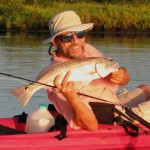
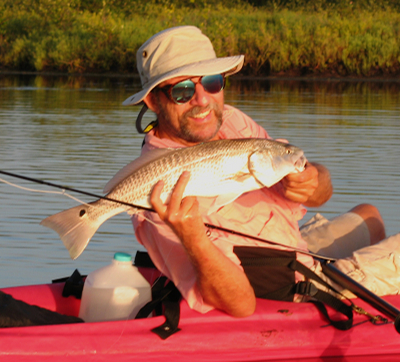
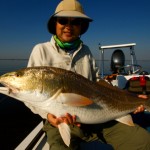
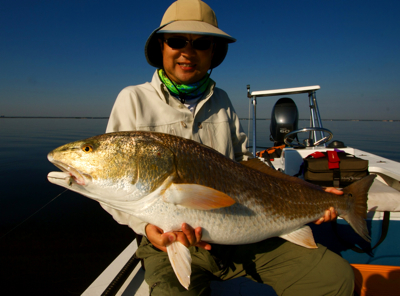
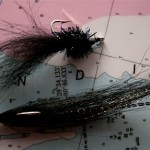
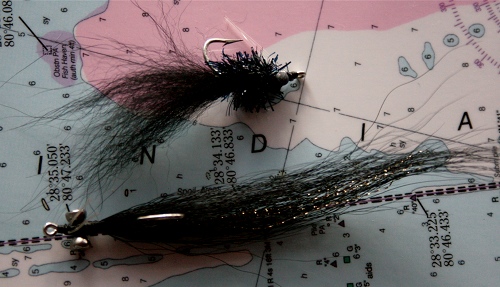
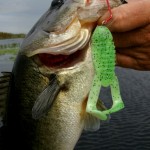
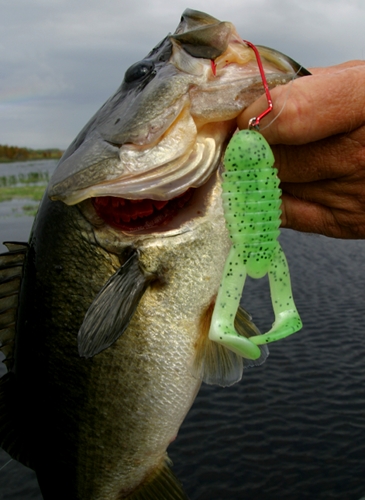
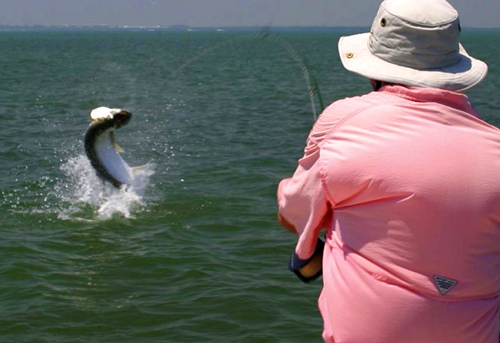
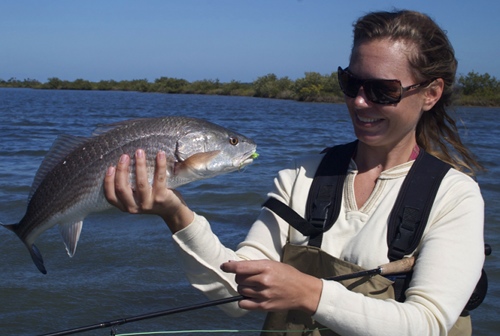

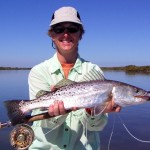
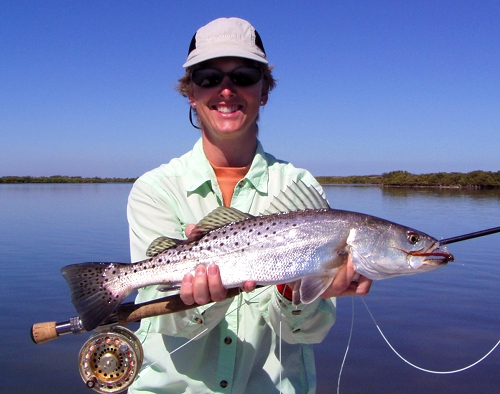
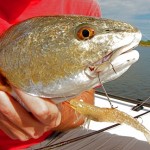
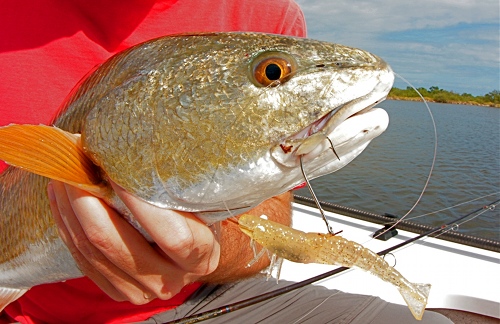
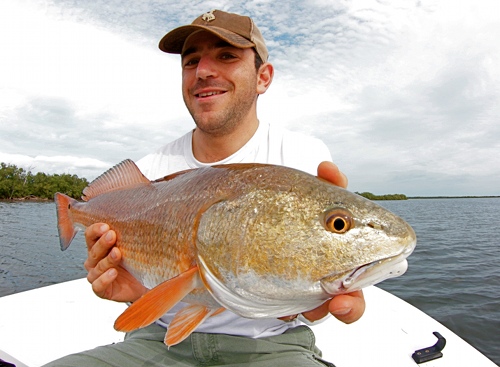
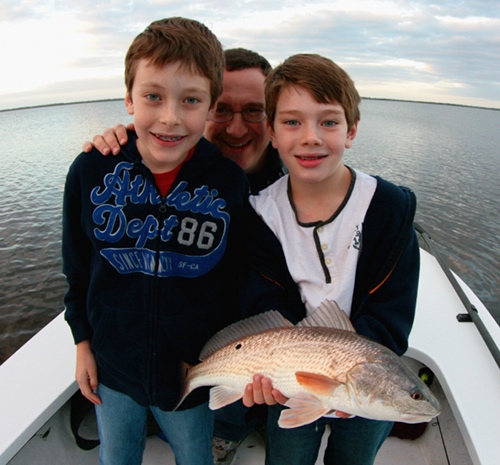
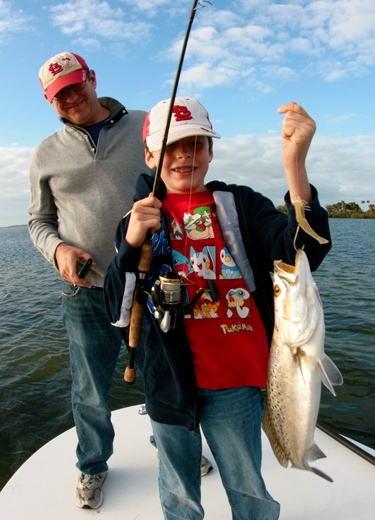
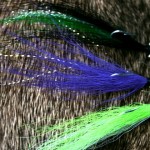
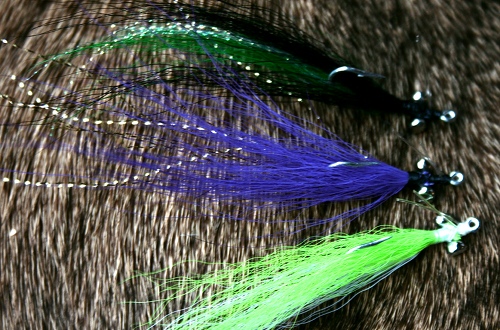
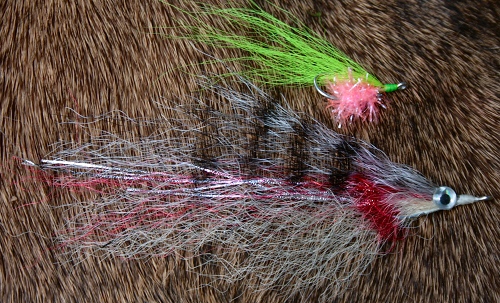
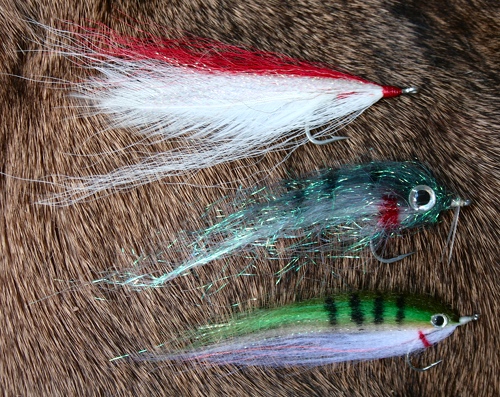
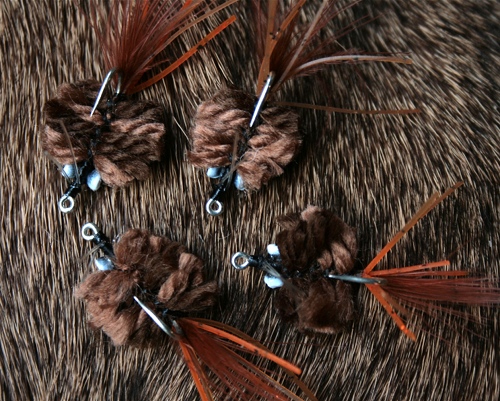
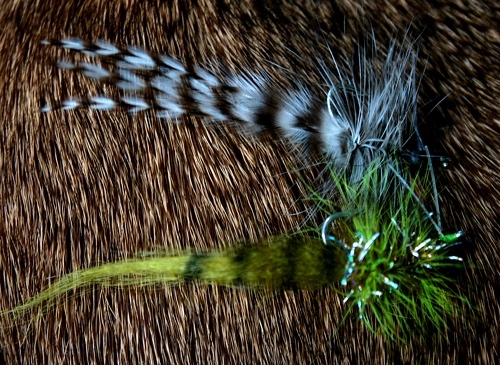
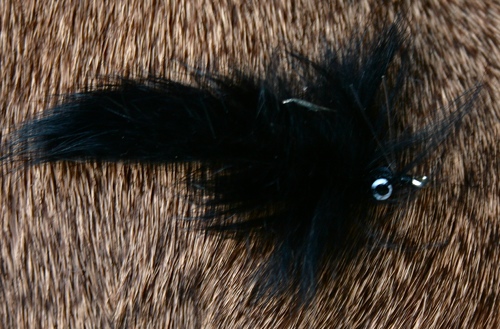
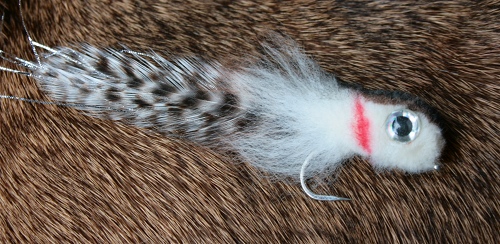
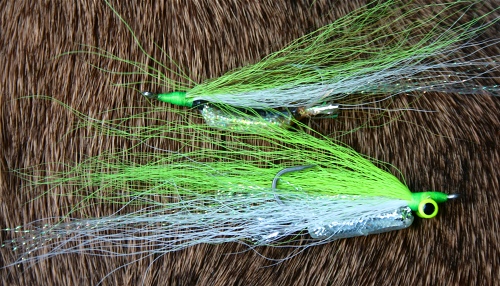
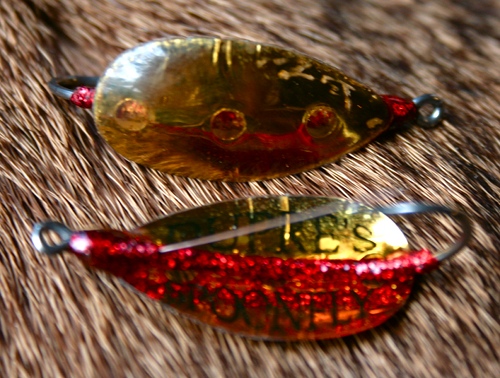
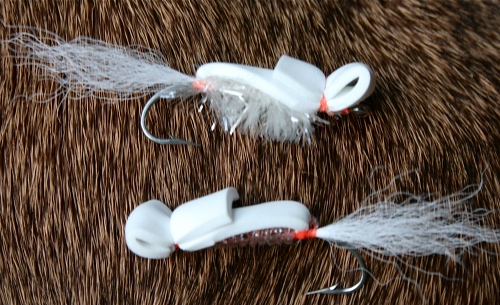
Recent Comments